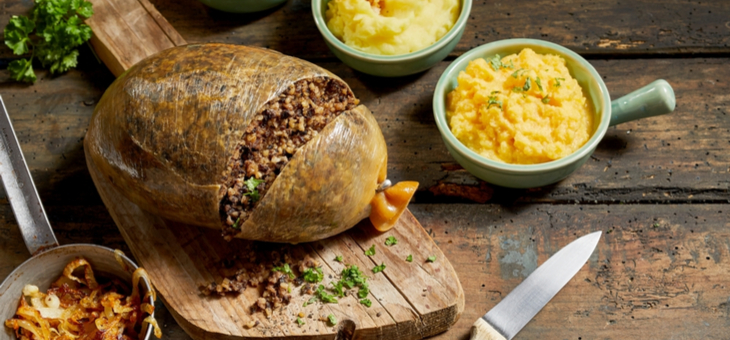If you haven’t gone out of your way to taste the signature foods of the far-flung places you’ve visited, then you’re not creating lasting memories of your holiday experiences, science says.
Travel gives our senses a workout. We ogle new sights, inhale strange smells and tune in to unfamiliar sounds. While we can easily remember some of our experiences abroad decades later, it is likely we are robbing ourselves of total recall unless we culturally immerse our taste buds, too, many studies indicate.
In one pivotal piece of research released in 2014, it was clearly demonstrated for the first time that there is ‘a functional link between two brain regions’ responsible for creating memories of novel exposures. New tastes are registered in the insular cortex, while the memories of places and times where we experienced new flavours are created in the hippocampus. Both brain regions work together to produce accessible recollections.
The leader of the study, Professor Kobi Rosenblum of the Sagol Department of Neurobiology at the University of Haifa, reported: “This means that even during a simple associative taste, the brain operates to produce an integrated experience that includes general information about the time between events and their location.”
So do yourself a flavour favour and savour these 10 signature dishes next time you’re in that country. Your culinary courage will be unforgettable:
Moules Frites – whether you prefer your mussels steamed or highly flavoured, twinning them with fried potato chips means you will be sharing in one of Belgium’s favourite snacks.
Shirako – the sperm-filled reproductive glands of male fish are used in this Japanese dish. Its name means ‘white children’ and when cooked, it has a creamy texture.
Poutine – there are 100 varieties of this savoury Canadian staple, which is based on gravy, fries and cheese curds.
Leipajuusto – when visiting colder climes, you may be forgiven for indulging in a few extra calories, which is why this Finnish pan-fried squeaky cheese with berry jam for dessert is a real heart warmer.
Hakarl – prepared from Greenland shark cured with an unusual fermentation process, this Icelandic dish is an acquired taste. The meat is hung for up to five months and has a strong, ammonia-like flavour
Trung Vit Lon – a favourite in Vietnam for its supposed aphrodisiac powers, these duck eggs are fertilised with a nearly fully-developed embryo inside … sometimes including a beak and webbed feet.
Pastilla – the traditional ingredient of this Moroccan savoury-sweet pie is pigeon, with sugar and cinnamon sprinkled over its buttery pastry.
Chlodnik – if you are in Poland in the warmer months, refresh yourself with this hot-pink, cold beetroot soup, which includes cucumbers, radishes, yoghurt and is garnished with hard-boiled eggs.
Haggis – don’t let this Scottish delicacy turn your stomach. Made of sheep heart, liver and lungs, it is strongly seasoned with onion, oatmeal, suet and yummy spices, then stuffed into a sheep’s stomach and boiled into a surprisingly tasty meal.
Cevich – archaeologists believe this Peruvian seafood salad dates back at least 2000 years. It is made with fresh, raw fish cured with citrus juices and chilli peppers, and served with sweet potato, lettuce, corn, radishes and avocado.
What is the strangest cuisine you have ever sampled on holiday? Have you ever eaten a foreign dish you came to regret? What recommendations do you have for truly memorable meals that you’ve eaten overseas?
Related articles:
Strange customs protocols
Statues that will stun
Toilet museum lifts the lid

